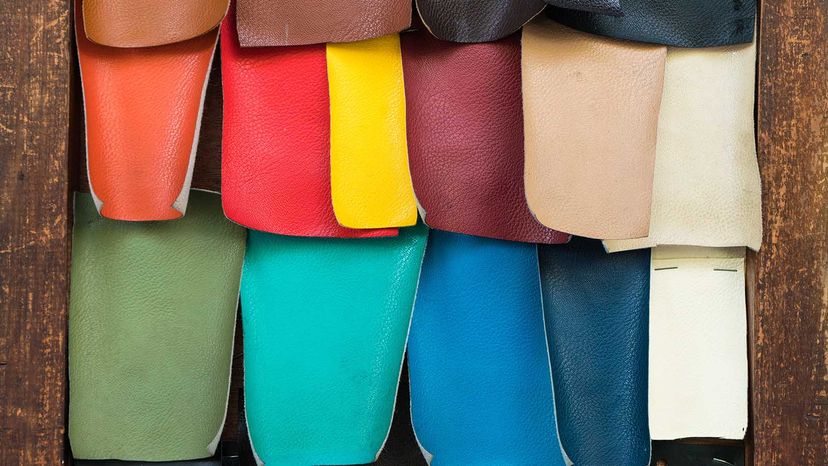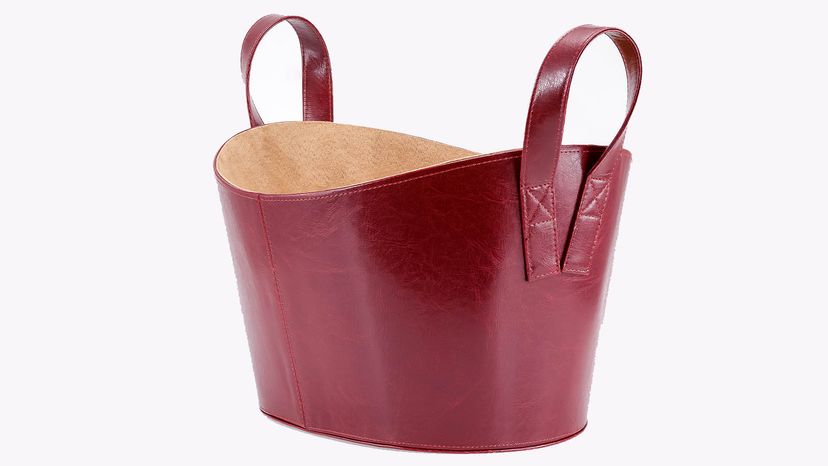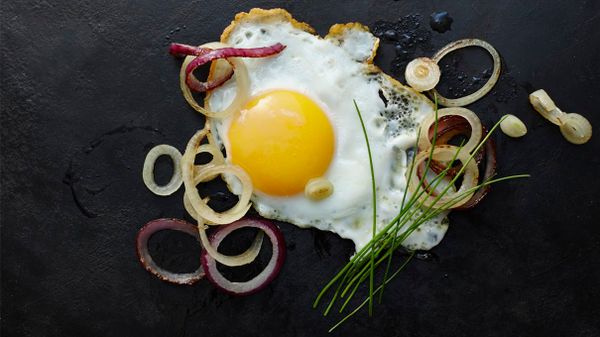
Key Takeaways
- PU (Polyurethane) leather is a more affordable, vegan alternative to genuine leather, boasting benefits like water resistance and easier maintenance, making it suitable for places like kitchens and bars.
- However, PU leather lacks the authentic appearance and texture of leather, doesn't age as well and can suffer from flexibility issues leading to cracking, tearing and color fading over time.
- The manufacturing process of PU leather can sometimes result in an undesirable odor, although some manufacturers attempt to mask this with scents mimicking real leather.
You have a home décor dilemma. You love the look and feel of leather, but you're not too keen on where the material comes from — or how much it can cost. But you really want an option with a similar look, but isn't actually made of animal skin.
You're in luck. While there a lot of leather knockoffs, there is an alternative that offers some of the benefits of the real thing: polyurethane (PU) leather.
Advertisement
Advertisement




